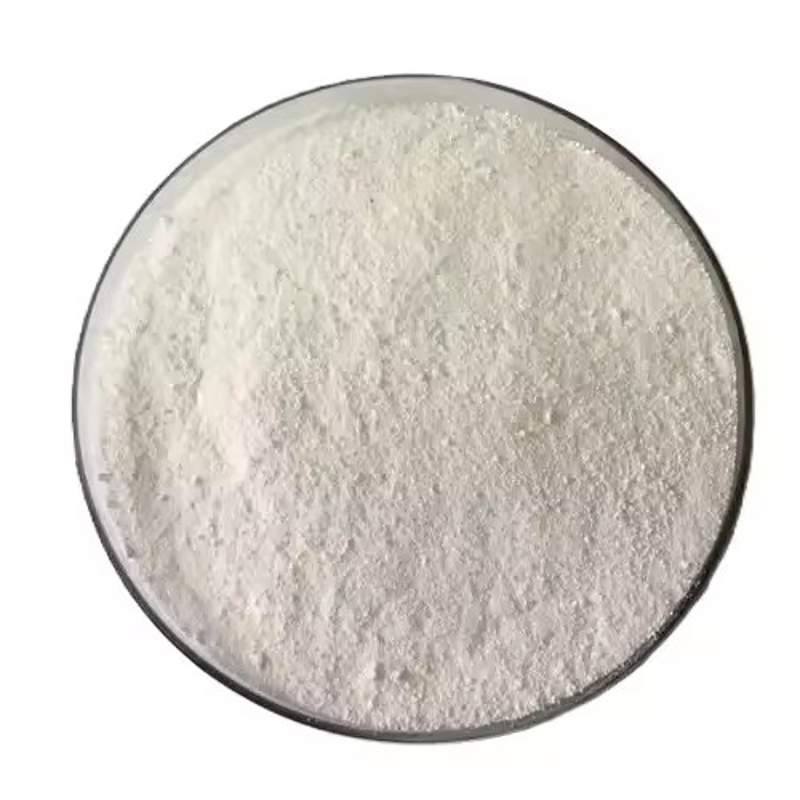Long-term follow-up results and imaging characteristics of spinal cord concussion injury
-
Last Update: 2020-06-27
-
Source: Internet
-
Author: User
Search more information of high quality chemicals, good prices and reliable suppliers, visit
www.echemi.com
Ref: Asan ZWorld Neurosurg2018 Dec;120:e1325-e1330doi: 10.1016/j.wneu.2018.09.078Epub 2018 Sep 25."the earliest Torg and so on found spinal cord palsy in footballersThe loss of nerve function during axial injury of the spinal cord lasts for 15 minutes to 3 days and can be fully recovered laterAsan reported spinal concussion (spinal concussion) after the spine was subjected to high-energy vertical forceUsually caused by a fall from a height; an MRI scan of the spinal cord immediately after the injury usually shows no positive performance of a spinal cord injury, similar to a spinal cordy without an imaging abnormalchange (spinal cordy without radiocation, SCIWORA)However, the important point of early identification of spinal shocks and SCIWORA is that the absence of nerve function on the third day after SCIWORA is still not recoverableIn addition, spinal shock should be distinguished from spinal shock, which has sympathetic nerve dysfunctionZiya ASAN of the University of Ahi Evran School of Medicine in Turkey conducted a study to assess the long-term prognosis and radioimaging of spinal cord concussion, published online in September 2018 in World Neurosurgthe retrospective study collected data on 91 cases of spinal concussion between 2013 and 2018All patients were admitted to the hospital with no positive imaging tests and were clinically diagnosed with spinal cord concussionThe study subjects excluded patients with oppressive spinal cord injury caused by fractures and non-oppressive spinal cord injury and MRI scan scan scans of SCIWORAThe selected cases were divided into two groups, one group was aspinal shock caused by axial force, and 2 were spinal cord shocks caused by vertical forcesA spinal CORD MRI review was performed 6 months after the injurySpinal cord injury caused by different force directions is shown in Figure 1Figure 1A diagram of spinal cord injury in different scopes and degrees caused by different force directionsThe average age of 91 patients inwas 34.63 to 11.91 yearsA group of 58 cases suffered axial force trauma, of which 14 cases occurred with cervical myelin concussion and 44 cases of chest concussion33 cases in 2 groups suffered vertical force trauma, of which 26 cases occurred and 7 cases of chest myelin concussion occurredThe proportion of chest myelin concussion was higher in group 1, while the proportion of cervical myelin concussion in group 2 was higher (P-0.024)In the 1st group of patients, 7-52 months after injury, an average of 22.69 to 10.30 months were scanned for MRI, and 7 cases of spinal cavity and 2 cases of cavity lesions were foundTwo groups of patients were injured for 6-52 months, with an average of 22.09 to 10.73 months of MRI scans showing 2 cases of spinal cavity and 3 cases of cavity lesions (Figure 2)The prevalence of spinal cavity disease was higher than in 2 groups in 1 group, with a significant difference (P-0.004)In 14 cases (15.38%) patients developed late neurological symptoms, and imaging tests confirmed spinal cord injuryFollow-up MRI reviews in these patients did not differ significantly between the two groupsFigure 2A long-term MRI follow-up review showed abnormal spinal cord signals, characterized by spinal cavity, cavity lesions, or degenerationin 91 patients, 11 showed temporary seizure sensation syllabery after an average of 4.7 months, giving Priebus treatment and some recovering 2 cases of root pain, but no compression of the spinal cord at the intervertebral hole corresponding to root pain results suggest that spinal concussion patients can fully recover early after injury, and later in the spinal cord injury-related imaging performance The difference of force direction is characterized by different imaging characteristics of spinal cord injury in the later stage.
This article is an English version of an article which is originally in the Chinese language on echemi.com and is provided for information purposes only.
This website makes no representation or warranty of any kind, either expressed or implied, as to the accuracy, completeness ownership or reliability of
the article or any translations thereof. If you have any concerns or complaints relating to the article, please send an email, providing a detailed
description of the concern or complaint, to
service@echemi.com. A staff member will contact you within 5 working days. Once verified, infringing content
will be removed immediately.







